Embarking on a fitness journey after 65 can be both exciting and daunting. This guide provides essential tips and insights for beginners, focusing on low-impact cardio workouts and swimming to help you stay active and healthy.
Understanding the Importance of Fitness After 65
As we age, maintaining physical activity becomes increasingly important. Regular exercise can help improve balance, flexibility, and strength, reducing the risk of falls and injuries. It also supports heart health, boosts mood, and enhances overall quality of life. For those over 65, starting a fitness program can be a transformative experience, offering both physical and mental benefits.
As we age, our bodies undergo various changes that can affect our physical capabilities. Muscle mass decreases, bone density reduces, and joint flexibility may diminish. However, regular physical activity can help counteract these effects. Exercise can improve cardiovascular health, enhance muscle strength, and boost cognitive function. For seniors, staying active is not just about physical health; it's also about maintaining independence and quality of life. Engaging in fitness programs can help prevent chronic diseases, reduce the risk of falls, and even improve mental health by reducing symptoms of depression and anxiety.
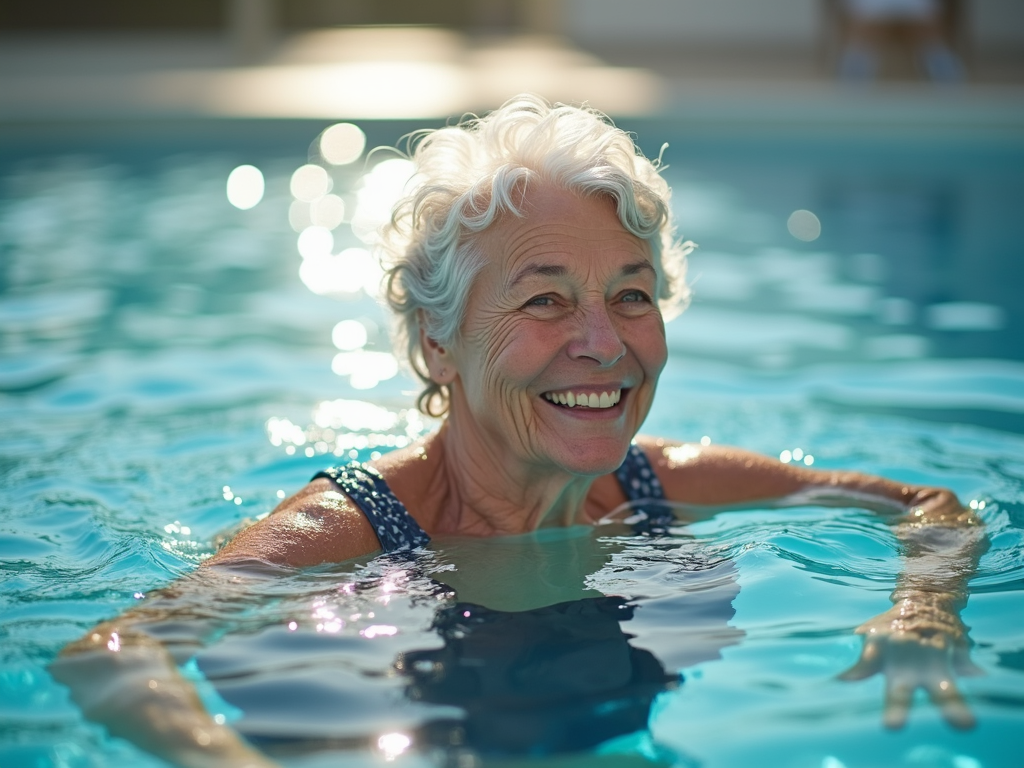
Choosing the Right Fitness Program
When starting a fitness program after 65, it's crucial to choose activities that are safe and effective. Low-impact cardio workouts are an excellent choice for seniors as they minimize stress on the joints while still providing cardiovascular benefits. Examples include walking, cycling, and swimming. Swimming, in particular, is a great option as it offers a full-body workout with minimal impact.
When selecting a fitness program, it's essential to consider your current fitness level, any existing health conditions, and your personal preferences. Consulting with a healthcare provider before starting any new exercise regimen is crucial, especially if you have pre-existing medical conditions. Once you have the green light, focus on activities that are enjoyable and sustainable. Low-impact cardio workouts are particularly beneficial for seniors because they provide the necessary cardiovascular benefits without putting excessive strain on the joints. Swimming, in particular, is an excellent choice as it works the entire body, improves endurance, and is easy on the joints.
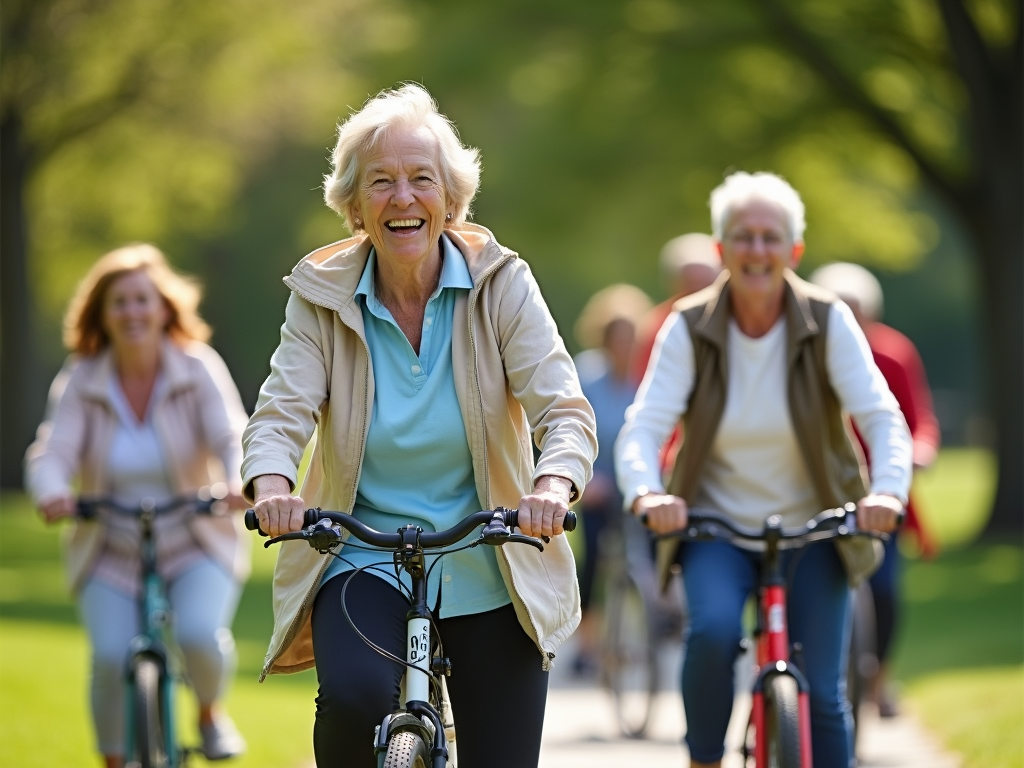
Swimming Tips for Older Adults
Swimming is an ideal exercise for seniors due to its low-impact nature and numerous health benefits. Here are some tips to get started:
- Start Slowly: Begin with short sessions and gradually increase the duration as your fitness improves.
- Focus on Form: Proper technique is essential to avoid strain. Consider taking a few lessons if you're new to swimming.
- Use Equipment: Floatation devices or kickboards can provide support and help build confidence in the water.
- Stay Hydrated: Even though you're in the water, it's important to drink plenty of fluids to stay hydrated.
Swimming offers numerous benefits for seniors, including improved cardiovascular health, increased muscle strength, and enhanced flexibility. Here are some additional tips to make the most of your swimming workouts:
- Warm-Up and Cool Down: Always start with a gentle warm-up to prepare your muscles and joints for exercise. Similarly, cool down with some light stretching after your swim.
- Breathing Techniques: Proper breathing is crucial in swimming. Practice rhythmic breathing to ensure you're getting enough oxygen and to avoid fatigue.
- Safety First: If you're swimming in open water, always swim with a buddy and be aware of your surroundings. In pools, make sure to follow safety guidelines and use the buddy system if possible.
- Progress Gradually: Don't push yourself too hard too soon. Gradually increase the intensity and duration of your swims to avoid overexertion.

Low-Impact Cardio Workouts for Seniors
In addition to swimming, there are several other low-impact cardio workouts that are perfect for seniors:
- Walking: A simple yet effective way to get moving. Aim for at least 30 minutes a day, five days a week.
- Cycling: Whether on a stationary bike or outdoors, cycling is gentle on the joints and great for cardiovascular health.
- Yoga: While not traditionally considered cardio, yoga can improve flexibility, balance, and strength, complementing other workouts.
- Tai Chi: This ancient practice combines slow, deliberate movements with deep breathing, promoting relaxation and balance.
In addition to swimming, there are several other low-impact cardio options that seniors can enjoy:
- Walking: Walking is one of the simplest and most accessible forms of exercise. It can be done almost anywhere and requires no special equipment. To make it more challenging, try walking uphill or increasing your pace.
- Cycling: Cycling is another great low-impact cardio workout. Stationary bikes are ideal for those who prefer to exercise indoors, while outdoor cycling can be a fun way to explore your neighborhood.
- Water Aerobics: Similar to swimming, water aerobics provides a full-body workout with minimal impact. The resistance of the water helps build strength while the buoyancy reduces stress on the joints.
- Elliptical Training: Elliptical machines offer a low-impact alternative to running, providing a good cardiovascular workout without the jarring impact on the knees and hips.
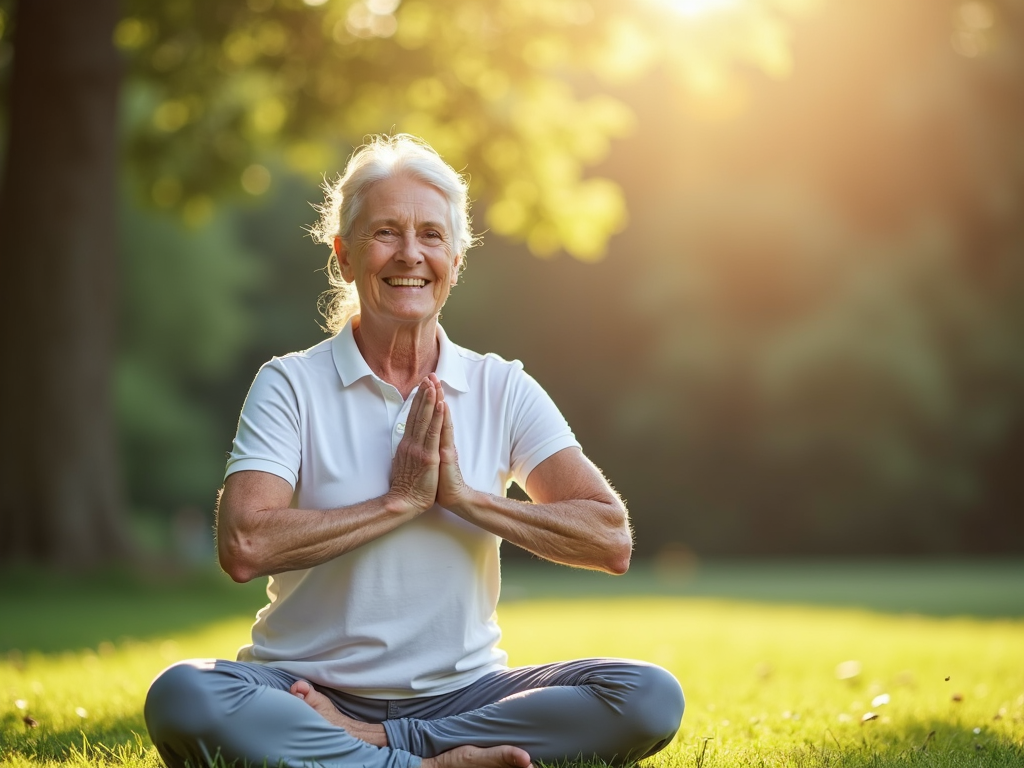
Creating a Balanced Fitness Routine
A well-rounded fitness program should include a mix of cardio, strength training, and flexibility exercises. Here's a sample weekly routine:
- Monday: 30 minutes of walking + 15 minutes of stretching
- Tuesday: 20 minutes of swimming + 10 minutes of strength training (light weights or resistance bands)
- Wednesday: Rest or gentle yoga
- Thursday: 30 minutes of cycling + 15 minutes of stretching
- Friday: 20 minutes of swimming + 10 minutes of strength training
- Saturday: 30 minutes of walking + 15 minutes of stretching
- Sunday: Rest or gentle yoga
A balanced fitness routine should include a variety of exercises to target different aspects of fitness. Here's a more detailed sample weekly routine:
- Monday: 30 minutes of brisk walking + 15 minutes of stretching (focus on major muscle groups)
- Tuesday: 20 minutes of swimming (freestyle or breaststroke) + 10 minutes of strength training (using light dumbbells or resistance bands for exercises like bicep curls and leg lifts)
- Wednesday: Rest day or gentle yoga session to improve flexibility and relaxation
- Thursday: 30 minutes of cycling (stationary or outdoor) + 15 minutes of stretching
- Friday: 20 minutes of water aerobics + 10 minutes of strength training (focus on different muscle groups, such as triceps and shoulders)
- Saturday: 30 minutes of walking + 15 minutes of stretching
- Sunday: Rest day or tai chi session to enhance balance and coordination
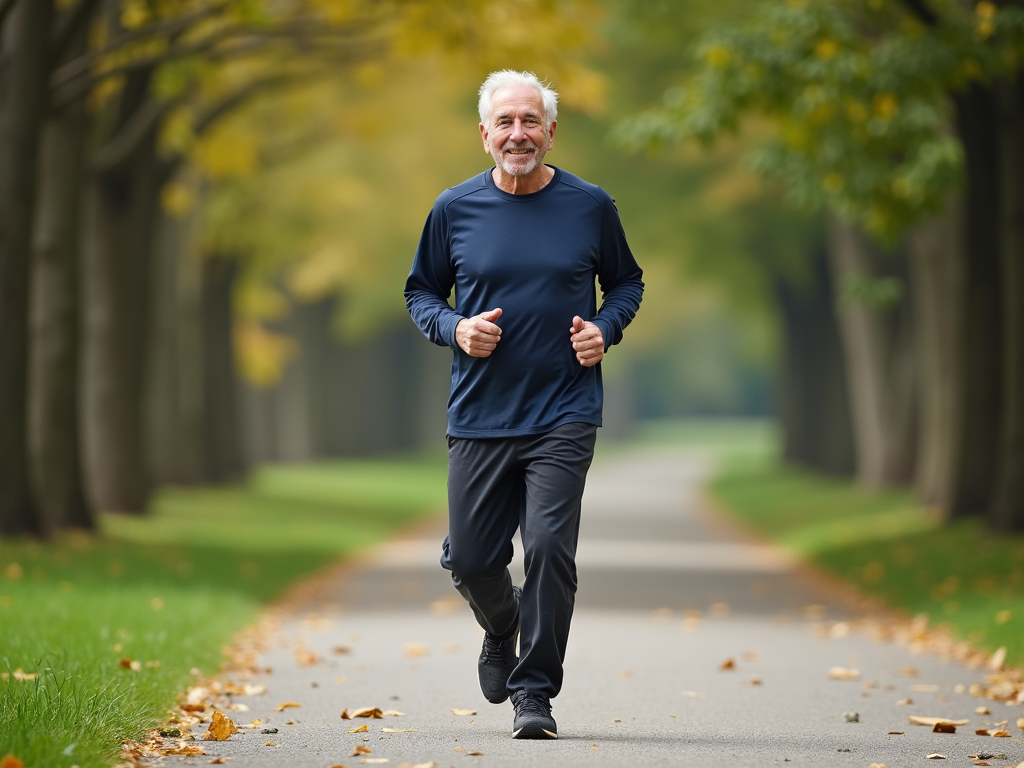
Staying Motivated and Overcoming Challenges
Starting a fitness program can be challenging, especially if you're new to exercise. Here are some tips to stay motivated:
- Set Realistic Goals: Start with small, achievable goals and gradually increase the intensity and duration of your workouts.
- Find a Buddy: Exercising with a friend or family member can make workouts more enjoyable and provide accountability.
- Track Your Progress: Keep a journal or use a fitness app to monitor your progress and celebrate your achievements.
- Listen to Your Body: Pay attention to how you feel during and after exercise. If something doesn't feel right, adjust your routine or consult a healthcare professional.
Maintaining motivation can be one of the biggest challenges when starting a new fitness program. Here are some additional strategies to help you stay on track:
- Join a Class or Group: Participating in group fitness classes or joining a senior fitness group can provide social support and make exercise more enjoyable.
- Set Short-Term and Long-Term Goals: Having both short-term and long-term goals can help you stay focused. For example, aim to swim a certain number of laps by the end of the month or to walk a specific distance within a set time frame.
- Reward Yourself: Celebrate your achievements, no matter how small. Treat yourself to something you enjoy after reaching a milestone.
- Be Flexible: Life can be unpredictable, and there may be days when you can't stick to your routine. Don't be too hard on yourself; just get back on track as soon as possible.
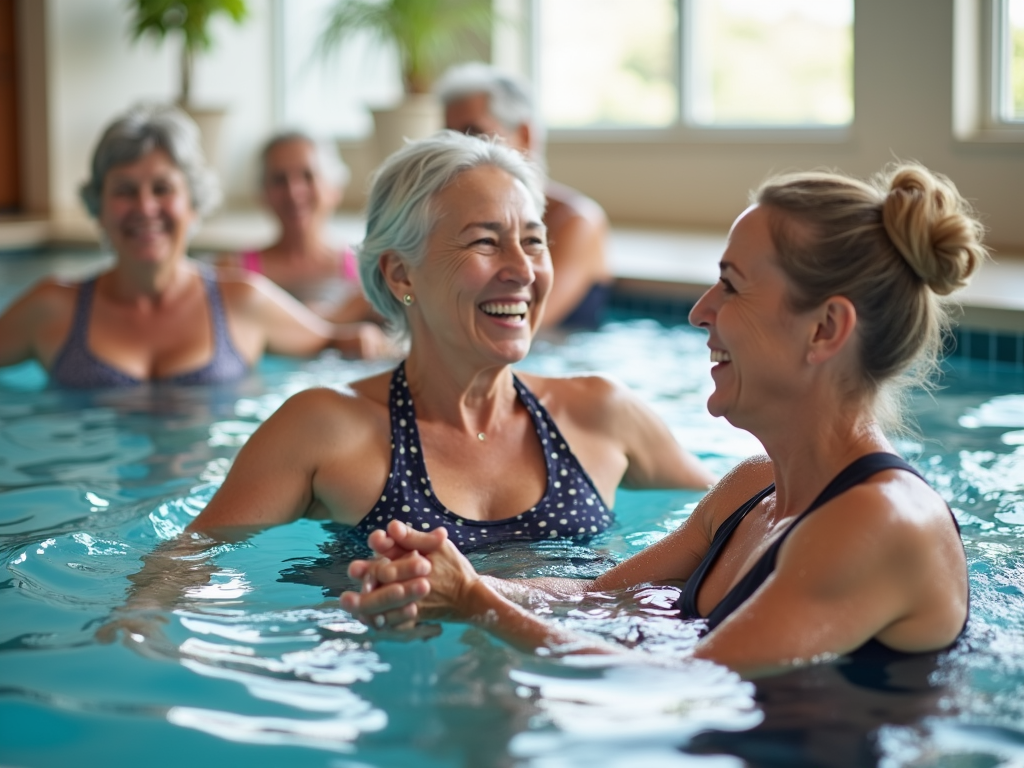
Nutrition and Hydration for Senior Fitness
Proper nutrition and hydration are crucial components of any fitness program, especially for seniors. Here are some tips to support your exercise routine:
- Stay Hydrated: Drink plenty of water before, during, and after your workouts. Dehydration can lead to fatigue and decreased performance.
- Eat a Balanced Diet: Focus on whole foods, including lean proteins, whole grains, fruits, and vegetables. These provide the necessary nutrients to fuel your workouts and aid in recovery.
- Consider Supplements: Depending on your diet and health needs, you may benefit from supplements like calcium, vitamin D, or omega-3 fatty acids. Consult with a healthcare provider before starting any new supplements.
- Timing Matters: Try to eat a small meal or snack about 1-2 hours before exercising to provide energy. After your workout, have a balanced meal to help with recovery.

Starting a fitness program after 65 is a rewarding journey that can enhance your physical and mental well-being. By choosing low-impact cardio workouts like swimming, walking, and cycling, and incorporating strength and flexibility exercises, you can create a balanced routine that suits your needs. Remember to start slowly, listen to your body, and stay motivated by setting achievable goals and finding support from friends or family.
Discuss Here